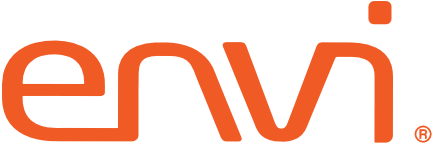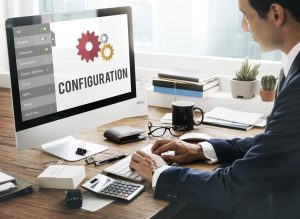6 Tips in System Set-up: Your Automation Foundation
–By Lanie Farkas
One of the biggest leaps an organization can take is moving from manual, paper-based procure-to-payment processes to electronic. If you feel like you’re behind the curve, here’s the good news: now is a good time to start! Because supply chain system software has been improving over the years, today’s technology delivers “right sized” modular functionality, improved integration and affordable pricing. Many of the organizations using an ERP or MMIS still bridge system gaps with manual work-arounds – they often have data in one system with no way to share it with another – so newer technology can actually put you a step ahead.
If you’re ready to take the plunge and implement a new procurement or inventory solution, you’ll need to start at the beginning: System Set-up and Configuration. This may seem like the tough-stuff, but it’s also the most important. In fact, this is where success and automation are born.
So let’s get started. At IOS, we continually build best practice-based processes that our implementation and support teams use in all areas, including system set-up. Here are 6 tips to get your new system set-up right:
1. Create a numbering series for the items you purchase
a. Use a flat number series – smart numbers seem like a good idea, but they’re difficult to maintain
b. If you’re using Envi, this is easy. Use the Envi generated numbers beginning at 10000 and auto increment by 1
c. Don’t use distributor numbers – they change often!
2. Take a comprehensive approach to item set up
a. Create a single item in your system for a specific product, even if you order it from multiple vendors
b. Set up bill-to and ship-to addresses (to centralize AP processes, create a single bill-to location for all invoices)
c. Create at least three classifications for products you purchase (Med-Surg supplies, office supplies, pharma supplies) to help manage spend across product classifications
d. Set up General Ledger codes to improve your AP processes, match rates and enable better, more complete downstream reporting
3. Start with the cleanest item descriptions possible
a. Set up descriptions with noun first, then attributes, then adjectives. Example: gloves, size 7, powder-free, latex
b. If you don’t have a way to get data cleansing done internally, consider a service that can help
4. Set up units of measure for every item, broken down to the lowest unit so “each” equals “1”
a. Example: 1 box of needles may contain 100 eaches
b. Set up conversion factors in your system, so it knows how many eaches are in a box, carton or case
5. Now, set up physical areas following a scheme that’s easy to use and maintain (ex. Cabinet 1, Cabinet 2, Shelf 1, Shelf 2, etc.)
a. Use bin shelf identifiers to help with inventory management, replenishment and physical counts
b. Label everything that goes in a storage location with a barcode label for easy scanning, reordering and restocking
6. Now you’re ready to set up facilities, locations and users
a. Set up individual users, not departments. You’ll want to be able to set up roles for different users, and determine things like users who can change or add data
These foundational pieces of system set-up will help your system run more efficiently, provide better control, give insight to your inventory and ultimately, more effective reporting for your facility or entire organization.
Want to read more about Best Practices? Check out the Best Practices section of the IOS website! And to stay up-to-date about Best Practice-based supply chain processes, subscribe to our monthly Best Practices Newsletter.
About the Author
Lanie Farkas
Director of Projects and Implementations
Inventory Optimization Solutions (IOS)
With in-depth healthcare and supply chain knowledge, Lanie Farkas also brought hands-on Envi expertise when she joined IOS in 2006, after being a super user at a large organization with more 50 veterinary labs across the U.S. With a passion for creating a better healthcare supply chain, Lanie delivers real-world, best practice-based expertise to IOS customers. As the Director of Client Services and Implementations/Projects, Lanie is the lead on customer experience from the moment an organization signs an agreement through go-live, including system build, data collection, training and everything fun in-between. She guides IOS customer through the process, making sure they’re ready for success. When she’s not working, Lanie takes her Ducati out for two-wheel therapy and enjoys bringing her bulldog to local veterans’ homes in the Las Vegas area.

